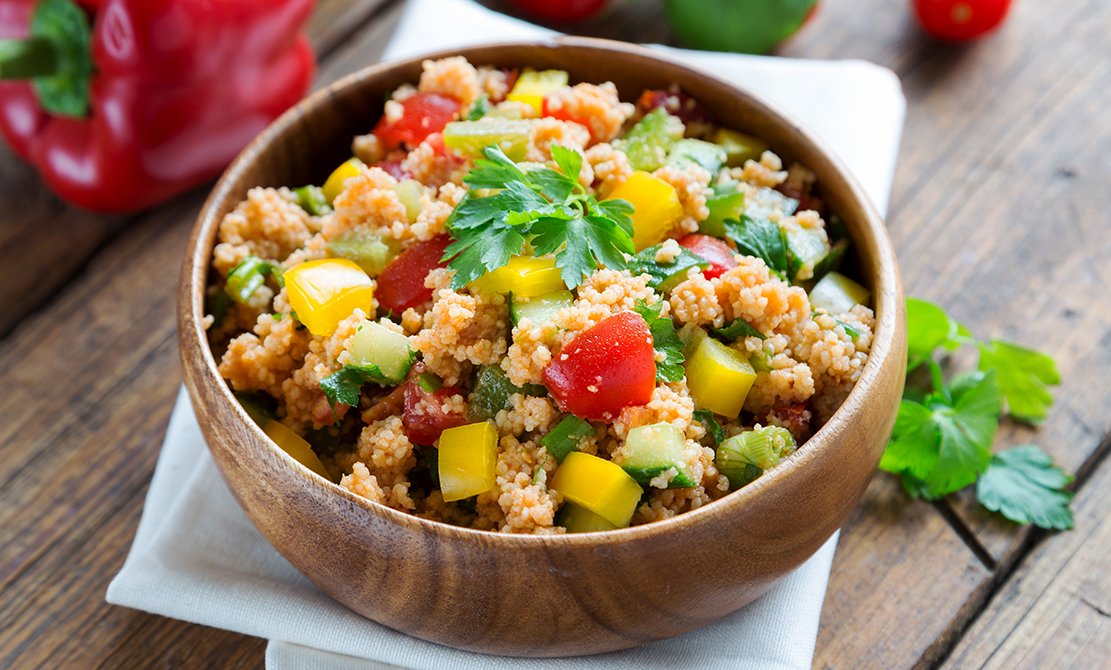What is Cuşcuş? You might have seen it on a menu or heard someone mention it, but what exactly is it? Cuşcuş, also known as couscous, is a staple food in many cultures, especially in North Africa. It’s a type of pasta made from semolina flour and water, rolled into small granules. Cuşcuş is celebrated for its versatility, ease of preparation, and nutritional benefits. Let’s dive into the rich history, types, and ways to enjoy this delightful food.
History of Cuşcuş
Origins of Cuşcuş
Cuşcuş dates back to the Berber people of North Africa. Historical records suggest it was being prepared as early as the 13th century. The traditional method of making cuşcuş involved rolling semolina wheat with water by hand, and then steaming it.
Historical Significance
Over centuries, cuşcuş has spread from North Africa to other parts of the world, including the Mediterranean and Middle Eastern regions. It’s often associated with communal meals and significant cultural events.
Types of Cuşcuş
Traditional Cuşcuş
This is the most common type, consisting of small, steamed granules of semolina. It’s fluffy and light, perfect for absorbing the flavors of accompanying dishes.
Israeli Cuşcuş
Also known as pearl cuşcuş, this variety is larger and has a slightly chewy texture. It’s often toasted before cooking, giving it a unique nutty flavor.
Lebanese Cuşcuş
Lebanese cuşcuş, also known as moghrabieh, features even larger grains, similar in size to chickpeas. It’s often used in hearty, stew-like dishes.
Nutritional Benefits of Cuşcuş
Macronutrient Profile
Cuşcuş is a good source of carbohydrates, providing energy for your day. It also contains a moderate amount of protein and very little fat.
Vitamins and Minerals
Cuşcuş is rich in essential nutrients like selenium, magnesium, and B vitamins. Selenium is an antioxidant that helps protect your cells from damage.
How to Cook Cuşcuş
Basic Cooking Method
The basic method involves steaming or boiling cuşcuş. To prepare, simply add one cup of cuşcuş to one cup of boiling water, cover, and let it sit for 5-10 minutes. Fluff with a fork before serving.
Alternative Cooking Methods
You can also prepare cuşcuş in a microwave or rice cooker. For a richer flavor, cook it in broth instead of water.
Popular Cuşcuş Recipes
Classic Cuşcuş with Vegetables
This dish combines steamed cuşcuş with a medley of sautéed vegetables like bell peppers, zucchini, and carrots. Season with herbs like parsley and cilantro for a fresh taste.
Spiced Cuşcuş with Lamb
Lamb and cuşcuş are a classic pairing in many North African cuisines. Slow-cooked lamb with spices like cumin and coriander, served over fluffy cuşcuş, is a comforting meal.
Cuşcuş Salad with Chickpeas
For a lighter option, try a cuşcuş salad. Mix cooked cuşcuş with chickpeas, cherry tomatoes, cucumbers, and a lemon-tahini dressing for a refreshing dish.
Cuşcuş in Different Cuisines
North African Cuisine
In countries like Morocco and Algeria, cuşcuş is often served with a stew called tagine, made with meat, vegetables, and a variety of spices.
Mediterranean Cuisine
In the Mediterranean, cuşcuş is popular in salads and side dishes, often paired with fresh seafood and olive oil-based dressings.
Middle Eastern Cuisine
Middle Eastern cuşcuş dishes often feature ingredients like pomegranate seeds, nuts, and herbs, creating a blend of sweet and savory flavors.
Serving Suggestions
Accompaniments and Pairings
Cuşcuş pairs well with a variety of dishes, from grilled meats and seafood to roasted vegetables and salads. It’s also a great base for hearty stews.
Presentation Ideas
Serve cuşcuş in a large, shallow bowl, topped with colorful vegetables or garnished with fresh herbs and lemon wedges for a vibrant presentation.
Cuşcuş and Dietary Considerations
Gluten-Free Alternatives
While traditional cuşcuş is made from wheat, there are gluten-free options available, such as quinoa or corn-based cuşcuş.
Vegan and Vegetarian Options
Cuşcuş is naturally vegan and vegetarian, making it a versatile ingredient for plant-based diets. Just be mindful of the broths or sauces used in cooking.
Cultural Significance of Cuşcuş
Festivals and Celebrations
Cuşcuş is often featured in celebratory meals and festivals. In some cultures, it’s a symbol of abundance and hospitality.
Symbolism in Ceremonies
In North Africa, cuşcuş is traditionally served at weddings, funerals, and other significant life events, symbolizing unity and togetherness.
Tips for Buying and Storing Cuşcuş
Choosing Quality Cuşcuş
When buying cuşcuş, look for products that are free of additives and preservatives. Whole grain options are also available for added nutritional benefits.
Storage Tips
Store cuşcuş in an airtight container in a cool, dry place. Proper storage helps maintain its texture and flavor.
Common Mistakes to Avoid
Overcooking or Undercooking
Avoid overcooking cuşcuş as it can become mushy. Undercooking, on the other hand, can leave it hard and unpleasant.
Not Fluffing Properly
Fluffing cuşcuş with a fork after cooking is essential to prevent it from clumping together. This step ensures a light, airy texture.
Health Benefits of Eating Cuşcuş
Weight Management
Cuşcuş is low in calories and fat, making it a great option for those looking to manage their weight without sacrificing flavor.
Digestive Health
The fiber content in cuşcuş aids in digestion and promotes a healthy gut. It helps keep you feeling full and satisfied.
Conclusion
Cuşcuş is a versatile and nutritious food that has been enjoyed for centuries across various cultures. Whether you’re cooking a hearty stew or a light salad, cuşcuş offers endless possibilities. Its nutritional benefits and ease of preparation make it a fantastic addition to any meal. Now that you know everything about cuşcuş, it’s time to get cooking and explore the delicious recipes and cultural significance it holds.
